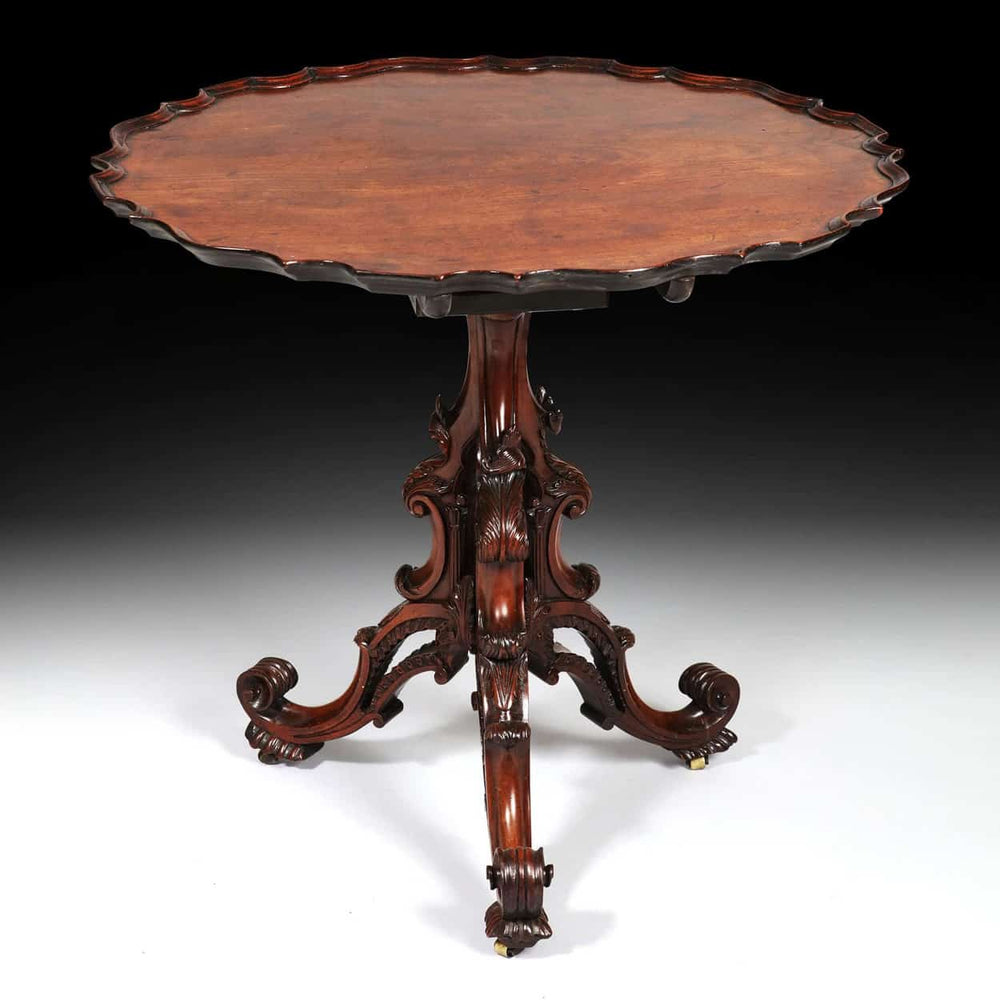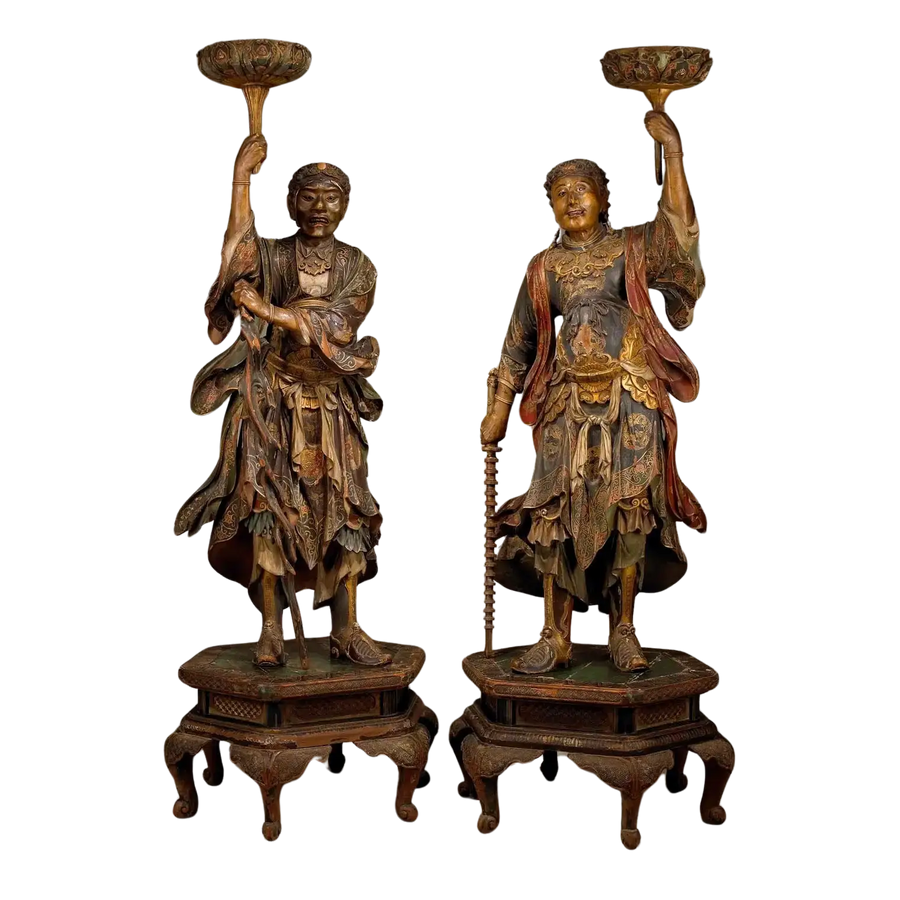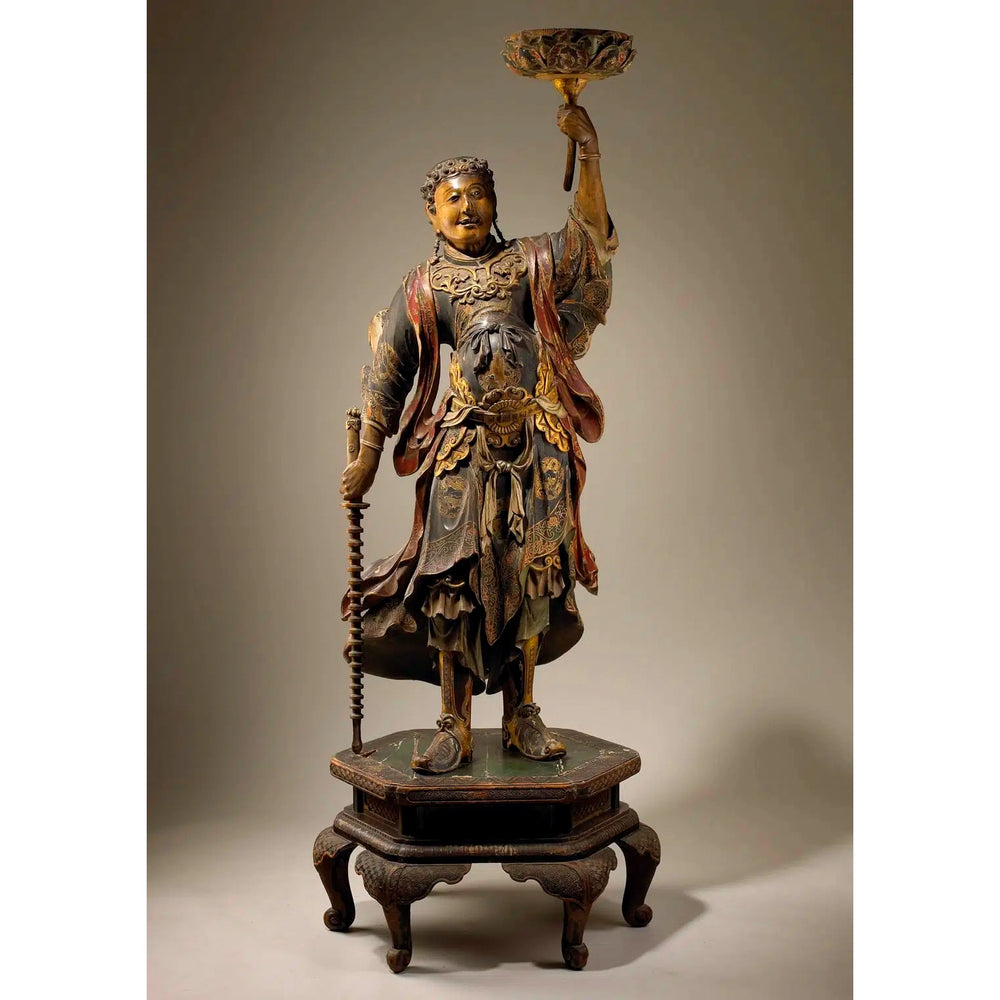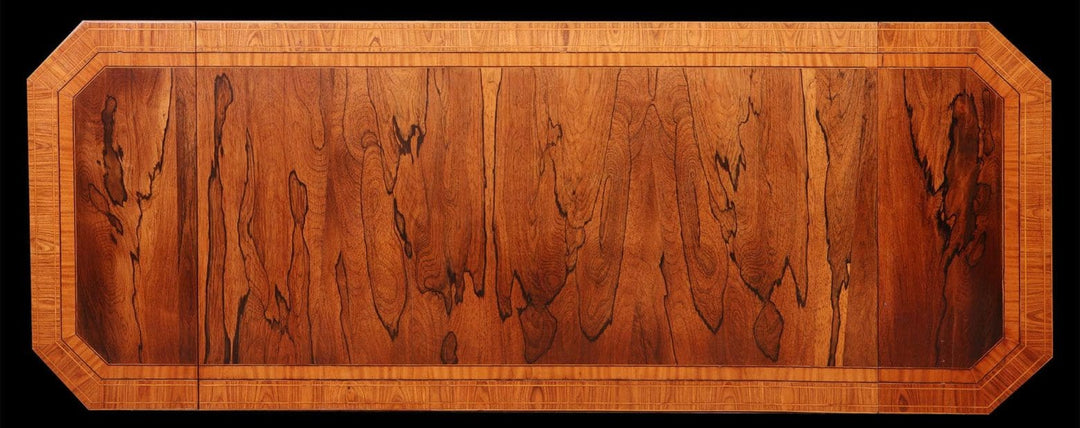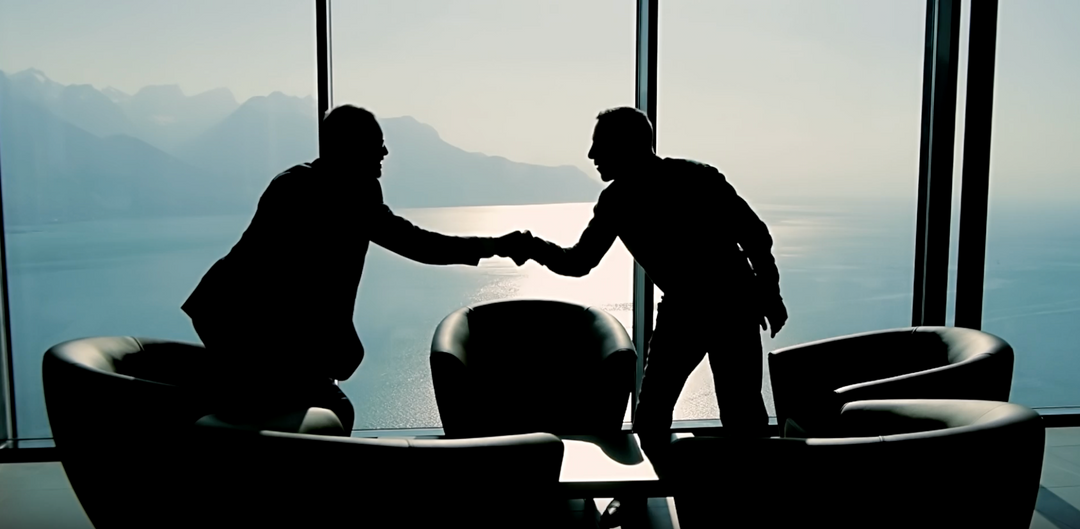
Jozef De Coene (1875-1950) completed an internship in Brussels, where he became familiar with the work of prominent Belgian Art Nouveau architects, including Victor Horta, Henry Van de Velde, and Serrurier-Bovy from Liège. He also attended lectures by Henry Van de Velde. In addition to being an artist, Jozef De Coene was a skilled technician. He married Jeanne Courmont, a noblewoman from Tourcoing in Northern France, and quickly became acquainted with the industrial development of the Lille-Roubaix and Tourcoing region. Although Jozef De Coene excelled in designing Art Nouveau ensembles, his busy career as an entrepreneur, artist, and politician led him to leave furniture design to his brother-in-law, Arthur Deleu. The De Coene company's design studio was home to many talented furniture designers, such as Karel Noppe and Arthur Dutoit, who also taught at the Kortrijk Art Academy.
These designers, along with the Acke Brothers, the Laignail Brothers, and the Vierin Brothers, were already producing quality furniture in Kortrijk by the late 19th century. They were collectively known as the Kortrijkse School and formed the art circle "Art Om Beter Wille." Jozef De Coene played a crucial role in transforming Belgium's qualitative furniture production, which began in the early 20th century, into a more quantitative approach.
In previous centuries, the Belgian nobility and wealthy citizens typically purchased their high-quality furniture from Paris, specifically the Faubourg Saint-Antoine, the global center of furniture production. However, around 1900, with the emergence of great Belgian Art Nouveau architects like Horta, Van de Velde, and Serrurier-Bovy, Belgians began buying their high-quality furniture domestically, a demand that the De Coene company was well-equipped to meet.
By the 20th century, Belgium had become renowned for its furniture production. From 1900 onwards, Europeans sought high-quality furniture from Belgium, particularly from De Coene, whose production was known as "Le Meuble Belge." A Dutch trade journalist reported on Belgian furniture production in the late 1930s, visiting key centers in Mechelen and Brussels. However, what captivated him most was his visit to De Coene in Kortrijk.
He observed that Belgian furniture factories, including De Coene, dedicated part of their production to Neo-European style models. Belgian furniture makers often sent their sons to apprentice with the great French furniture makers of the Faubourg Saint-Antoine in Paris, where they learned the significance of neo-French styles like Louis XV, Louis XVI, and Empire. Many Belgian interiors were still crafted in these styles, as well as in Neo-English styles such as Chippendale, Queen Anne, and Elizabethan.
Adolphe De Coene spent two years in Paris interning at Mercier, bringing the high-quality, age-old craftsmanship of Parisian furniture production to the De Coene company in Kortrijk. The De Coene brothers, Jozef and Adolphe, complemented each other well, with their brother-in-law Arthur Deleu, a highly skilled furniture designer, overseeing the company's design studio.
While designers Karel Noppe and Arthur Dutoit laid the foundation for De Coene's furniture production in the Arts and Crafts style of the early 1920s, Arthur Deleu was instrumental in developing new models in the Early Art Deco style, including the Danckaert, Guilmain, and Paris models.
In the 1920s, the De Coene firm collaborated with renowned Belgian architects such as Jean-Baptiste Dewin, Michel Polak, and Henry Van de Velde to create large-scale interiors. This collaboration fostered a synergy in furniture design between these architectural firms and the De Coene company's design studio.





